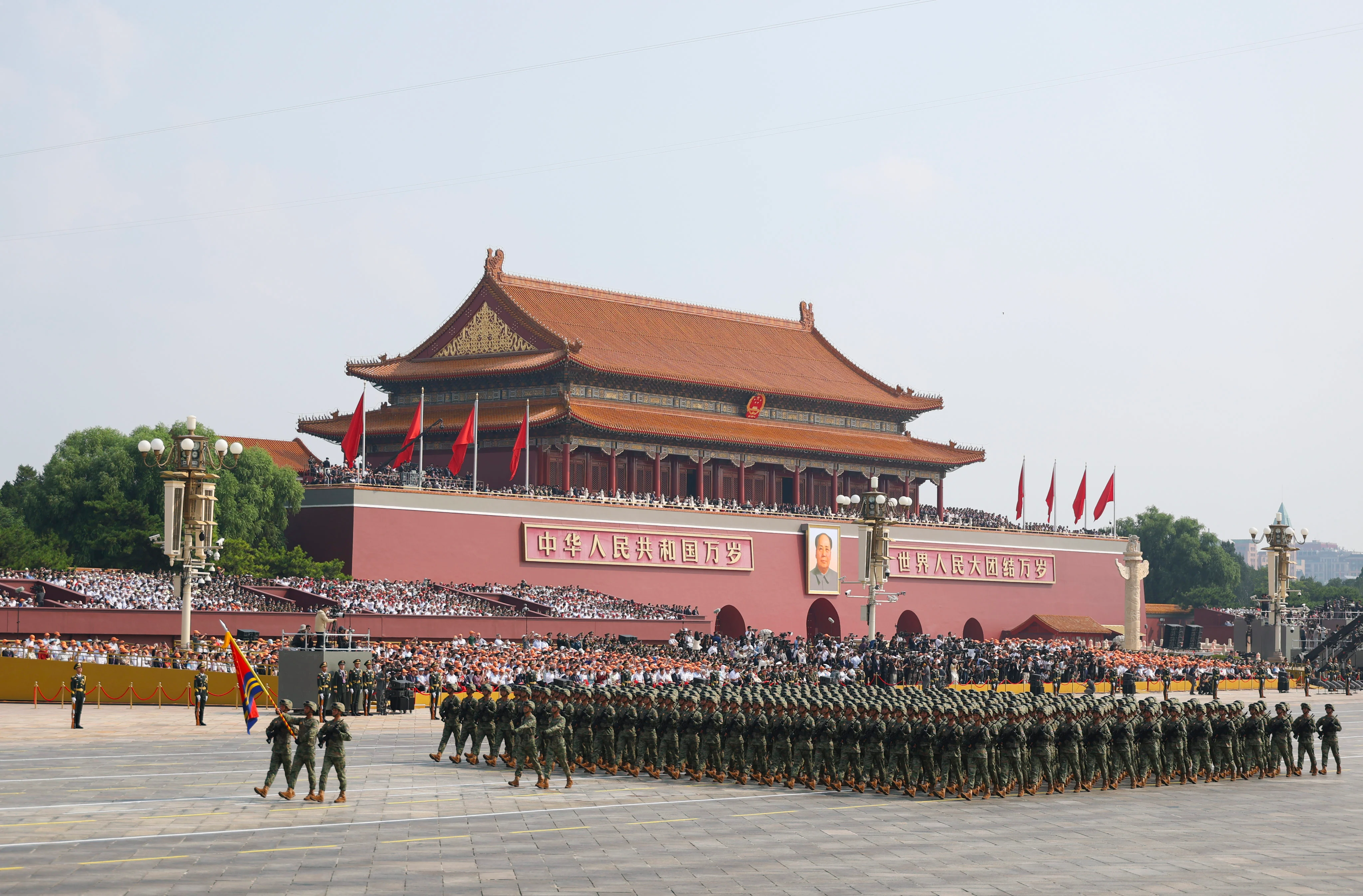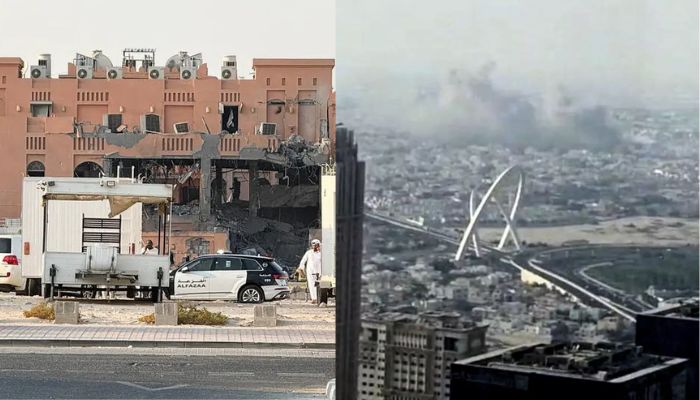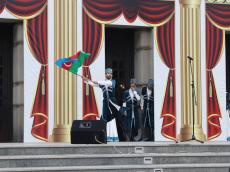By Alcott Wei
Copyright scmp

When China held its first Victory Day military parade in 2015, more than 50 generals joined troops to march down Changan Avenue in central Beijing.
The generals of all stripes led dozens of formations past the Tiananmen rostrum, saluting President Xi Jinping and other leaders as the official announcer read out each commander’s name.
By taking the unprecedented steps, the senior commanders were setting an example for the soldiers, a spokesman for the parade organisers said at the time.
The generals were also out in force for the National Day parade in 2019, giving observers a rare opportunity to see the People’s Liberation Army’s (PLA) new generation of rising stars.
The PLA does not regularly announce personnel changes, nor is it quick to say which generals are under investigation, so the events were also a valuable chance to learn who was in charge of each unit.
In all, 89 generals were announced as they led 59 formations in the parade – four full generals, two lieutenant generals, and 83 major generals. These included the commanders of China’s five theatre commands, who led the flag formation.
But there were no such appearances during the Victory Day parade earlier this month.
The generals were gone and instead, colonels or senior colonels – going by their badges – made their way by foot and vehicle through the capital’s main thoroughfare. And the announcer did not say who they were.
A Chinese political scientist said the changes could be a result of the PLA’ s anti-corruption drive.
“China’s recent anti-corruption campaign has had a very broad impact on the military. It could be that too many major generals are suspected of having ties to senior generals under investigation, and Beijing may be hesitant to let major generals lead the parade,” the academic said, declining to be named.
“If these major generals took part in the parade, appeared in public, and were later investigated, it would reflect negatively on Beijing.”
At least five senior generals have been brought down since appearing in the high-profile events, including former rocket force commander Li Yuchao, former air force chief Ding Laihang and former navy chief of staff Li Hanjun.
Even the commander of this year’s Victory Day parade had a lower rank than the past, with the event headed by Lieutenant General Han Shengyan. He had previously appeared in public as the air force commander of the Central Theatre Command.
It is not known whether Han has been promoted to commander of the Central Theatre Command, but his armband during the parade showed that he is still a lieutenant general.
The two previous parades were overseen by a full general, with Yi Xiaoguang, commander of the Central Theatre Command, taking the helm in 2019, and Song Puxuan from the Beijing Military Region – the central theatre’s precursor – heading the event in 2015.
Beijing did not say how many generals were involved in parade command and has not explained why this year’s arrangements were different.
The PLA is in the throes of a far-reaching anti-graft campaign that over the past three years has brought down former defence ministers Li Shangfu and Wei Fenghe, and dealt blows to the rocket force and the military’s equipment sector.
Confirmation came last week that four more generals, including one full general, People’s Armed Police Force commander Wang Chunning, were under investigation when China’s top legislature, the National People’s Congress, announced that the men had been stripped of their membership.
Questions have also been raised about He Weidong, a Politburo member and Central Military Commission vice-chairman, who was notably absent from the rostrum during the parade and has not been seen in public since March 11.
Lu Li-Shih, a Taiwanese analyst and a former Taiwanese navy captain, said the change in parade arrangements pointed to a change in the focus of the command structure.
“It’s the PLA using very subtle ways to tell us many things – the flattening of their whole organisational command-and-control structure,” he said.
“It means that once the command within the troops is flattened, the ranks you actually see don’t look as high any more.”
Additional reporting by Sylvie Zhuang



